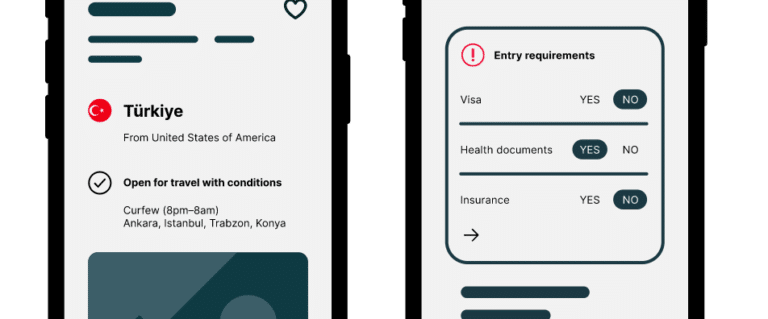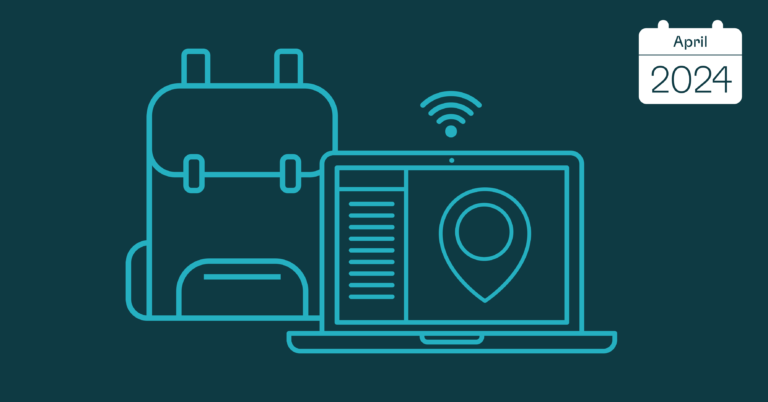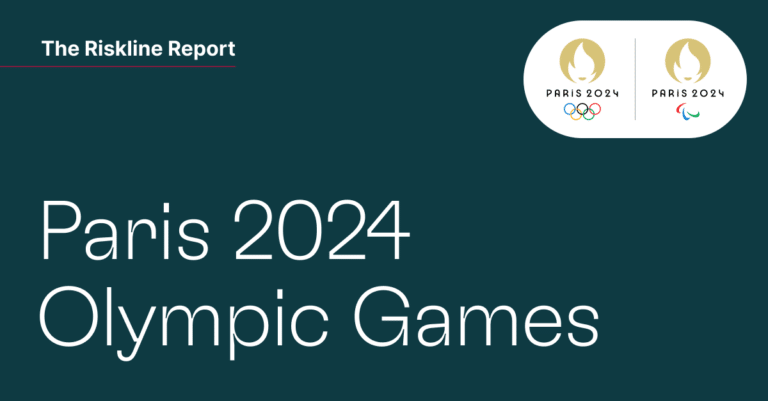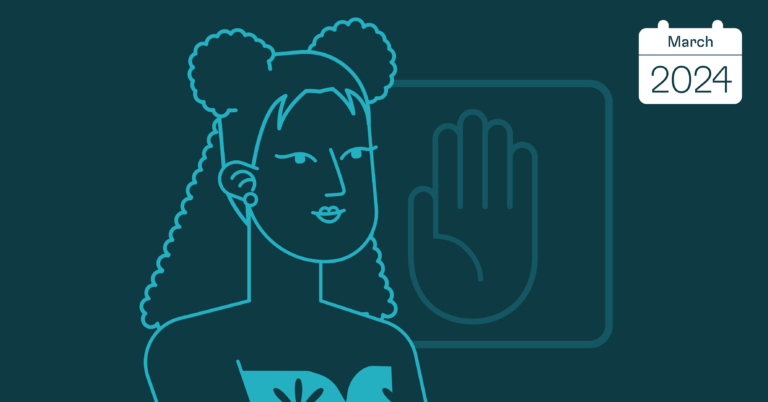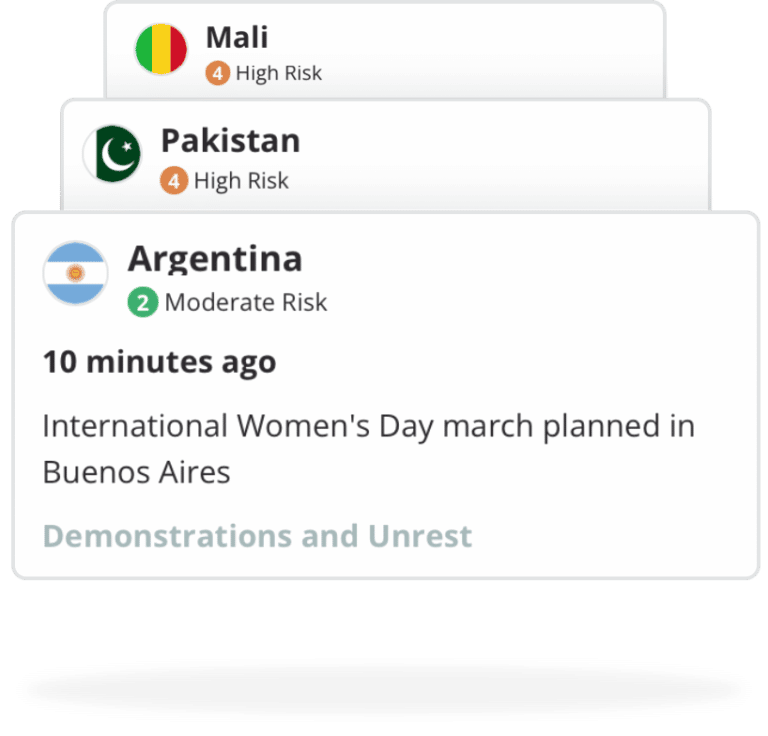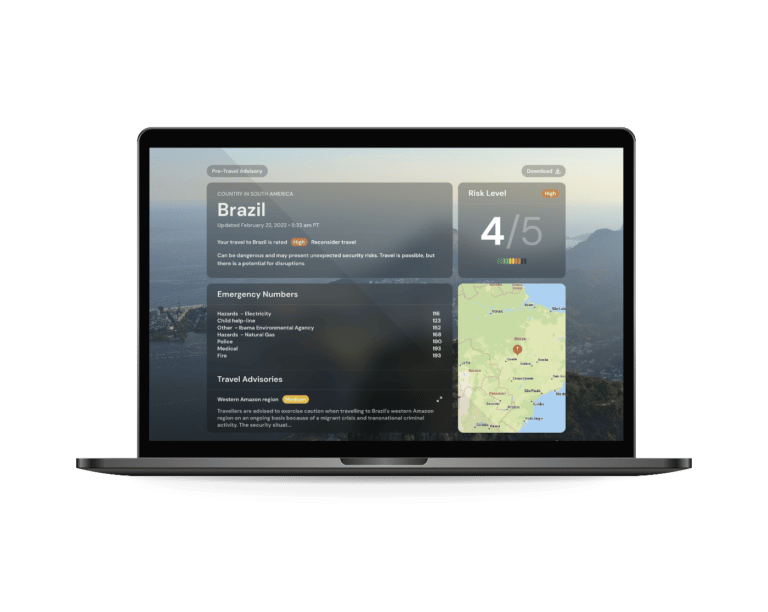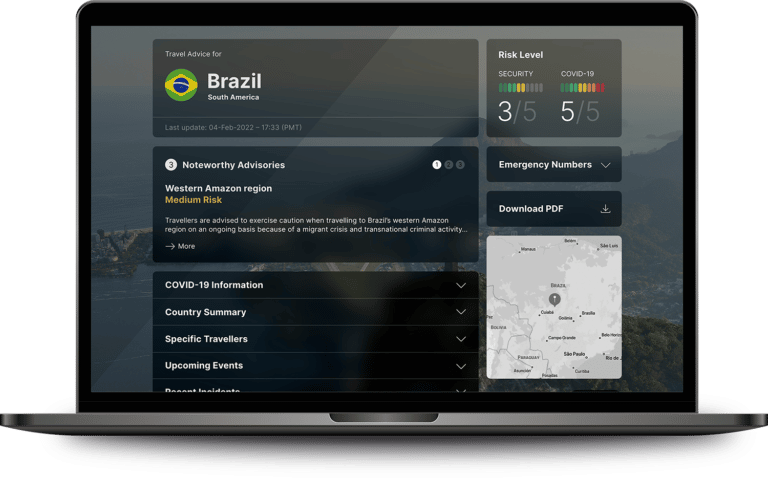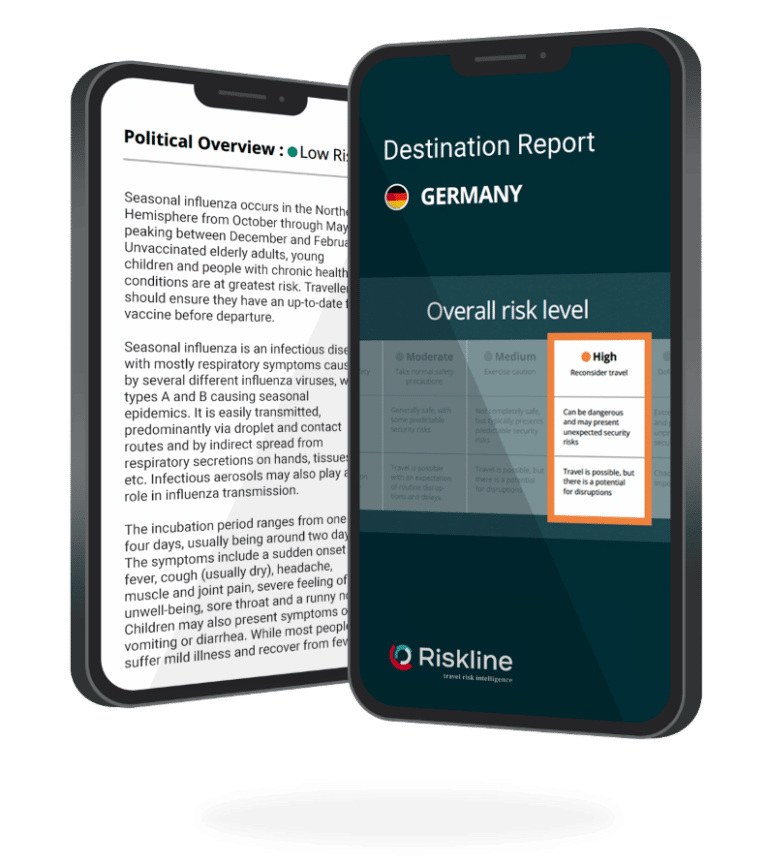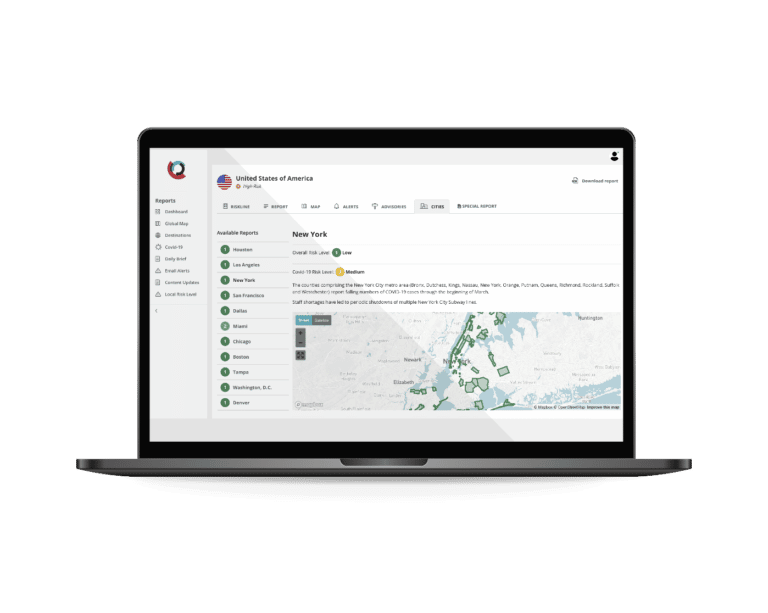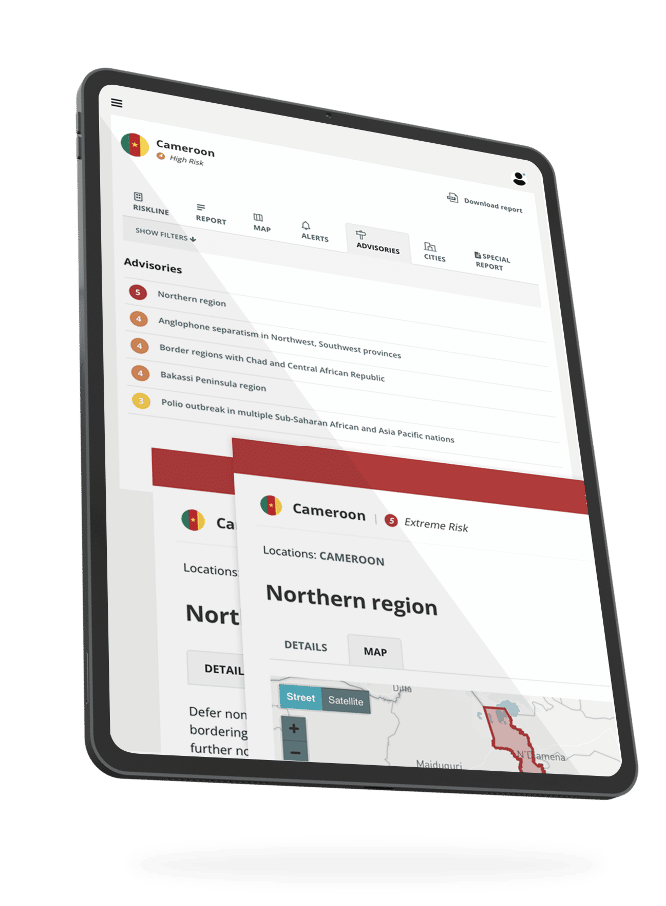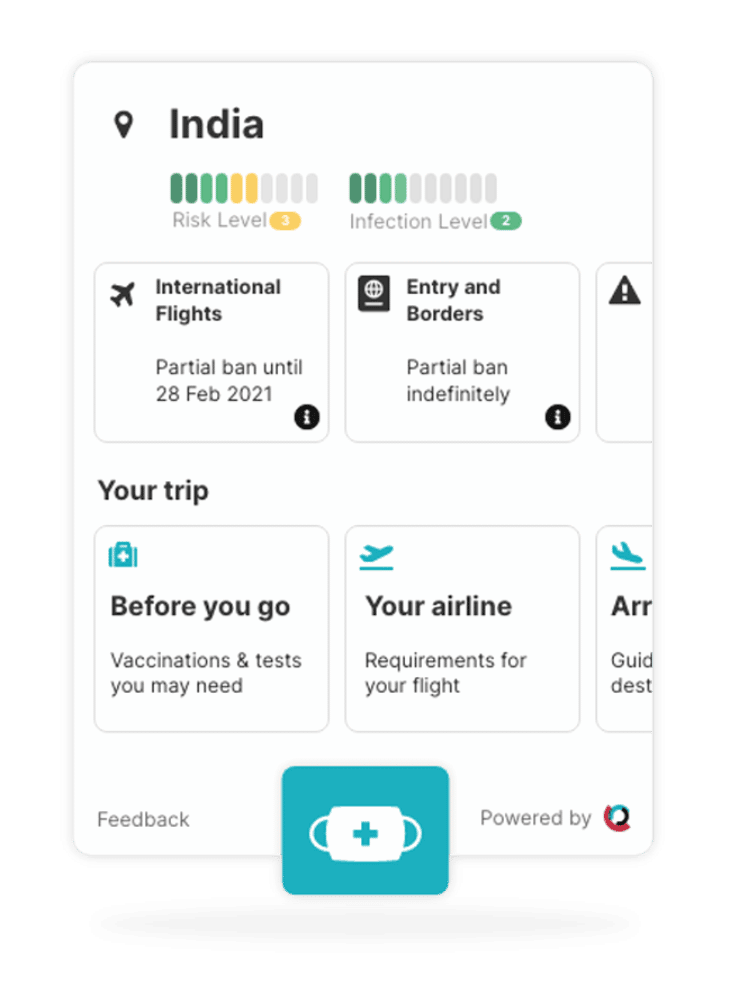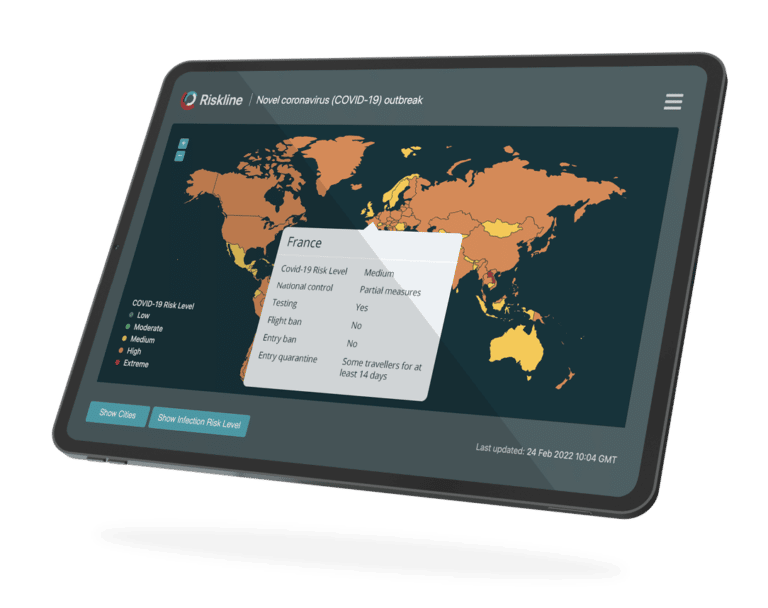By Marco Túlio Lara
Introduction
The first round presidential election vote held on 29 May narrowed the race to the presidency down to two candidates, the left-wing Historic Pact’s (Pacto Histórico) Gustavo Petro, who secured 40.3 percent of the vote, and independent Rodolfo Hernández, who took 28.2 percent. Petro has been the strong frontrunner since the beginning of the campaign and his consolidation was no surprise, although he was unable to secure a hoped-for outright win.
Hernández, however, caused astonishment as he was relatively unknown nationwide but gained traction and rose to second place, beating out centre-right Team for Colombia (Equipo por Colombia) Federico Gutiérrez, who was backed by outgoing President Iván Duque and had been polling in second place since the March primaries. Petro and Hernández will now face off in a runoff vote scheduled for 19 June.
Who are Petro and Hernandéz?
Petro is attempting to become Colombia’s first-ever leftist president. A former member of the 19th of April Movement (M-19), he most recently served as Mayor of Bogotá and lost to Duque in the 2018 presidential election, taking 41.7 percent of the vote then. As the runner-up, he earned a seat in the Senate and, since then, has positioned himself as a leading voice of the opposition. Taking advantage of Duque’s unpopularity (73 percent disapproval rating) – which spoiled Gutiérrez’s campaign even as he tried to distance himself from the president – while also capitalising on a fragmented political centre, he rose as a symbol of change in the face of soaring inflation, high unemployment, a 39.3 percent poverty rate and two large anti-government protest movements in 2019 and 2021.
Hernández, on the other hand, is a populist businessman who, at first, was not depicted as a strong candidate in the polls. In the lead-up to the first round vote, however, he broke through with his anti-corruption, anti-establishment and social media-based campaign. For all these reasons, in addition to misogynistic and xenophobic comments, the 77-year-old “King of TikTok” is often referred to as the Colombian Donald Trump, after the former United States (US) president. Though he had previously served as the Mayor of Bucaramanga in Santander department, he has successfully presented himself as an outsider and the true candidate of change who voters want to address political and economic dissatisfaction.
What to expect from the runoff vote?
Despite the fact that Petro led the polls in the first round, his path towards the presidency is now endangered. Despite his bitter loss, Gutiérrez, who secured 23.9 percent of the vote, immediately expressed support for Hernández, thus committing the remnants of the centre-right Uribismo movement to Hernández. While the movement is no longer the singular force it once was under its namesake former president Álvaro Uribe (2002-2010), a National Consulting Centre (CNC) poll that came out in the aftermath of the first round vote indicated that 41 percent of likely voters swung in favour of Hernández while 39 percent expressed support for Petro. While an imperfect measure, it marked the first time Petro was behind in the polls; since then, both candidates have led different polls, with Hernández showing larger advantages than Petro.
Marked by a 112 percent rise in political violence during the electoral period in comparison with the 2018 campaign and by the non-representation of Uribismo in the final vote for the first time in years, this election has a great deal riding on it. For Colombians, it means the possibility of having a leftist president for the first time in a country historically ruled by conservative, right-wing politicians. While this is appreciated by many as Petro promises to tackle inequalities, his eventual election brings about fear of what he might do to the economy.
Also harming his image are his M-19 guerrilla past and comparisons with Venezuela’s late Hugo Chávez. As for Hernandéz, his promises of not accepting campaign donations, leadership of the League of Anti-corruption Governors (Liga de Gobernantes Anticorrupción) and refusal to hold regular rallies all help to paint him as an outsider, something Petro, despite also being anti-establishment, has been unable to do, even though Hernandéz’s anti-corruption agenda is thin on details.
Among their similarities, both candidates promise to carry on with the implementation of the peace agreement with the Revolutionary Armed Forces of Colombia (FARC), negotiate with the National Liberation Army (ELN) and conduct rapprochement with Venezuelan President Nicolás Maduro, though they disagree how far this should go in response to the ongoing humanitarian crisis there that has driven some 2.1 million Venezuelan refugees into Colombia. Both men have also sought to appeal to female voters by appointing women as their running mates. Petro’s vice president, Francia Márquez, is a prizewinning environmentalist and Afro-Colombian community leader, while Hernández’s vice president, Marelen Castillo, a professor at the Catholic Corporación Universitaria Minuto de Dios (UNIMINUTO), is far less well-known. At this point, the 19 June runoff is wide open as the establishment candidates were already rejected when Colombian voters rejected them in favor of sending either Petro or Hernandéz to the Presidential Palace (Casa de Nariño).
Summary
With the possibility of a first-ever leftist president on the horizon against a populist so-called outsider, the final 19 June vote looks tighter than ever. With Petro focusing mostly on economic transition and Hernández on anti-corruption proposals, both attempt to present themselves as a change to the norm.
Marco Túlio Lara is a Brazil-based political and security risk analyst covering Latin America.


